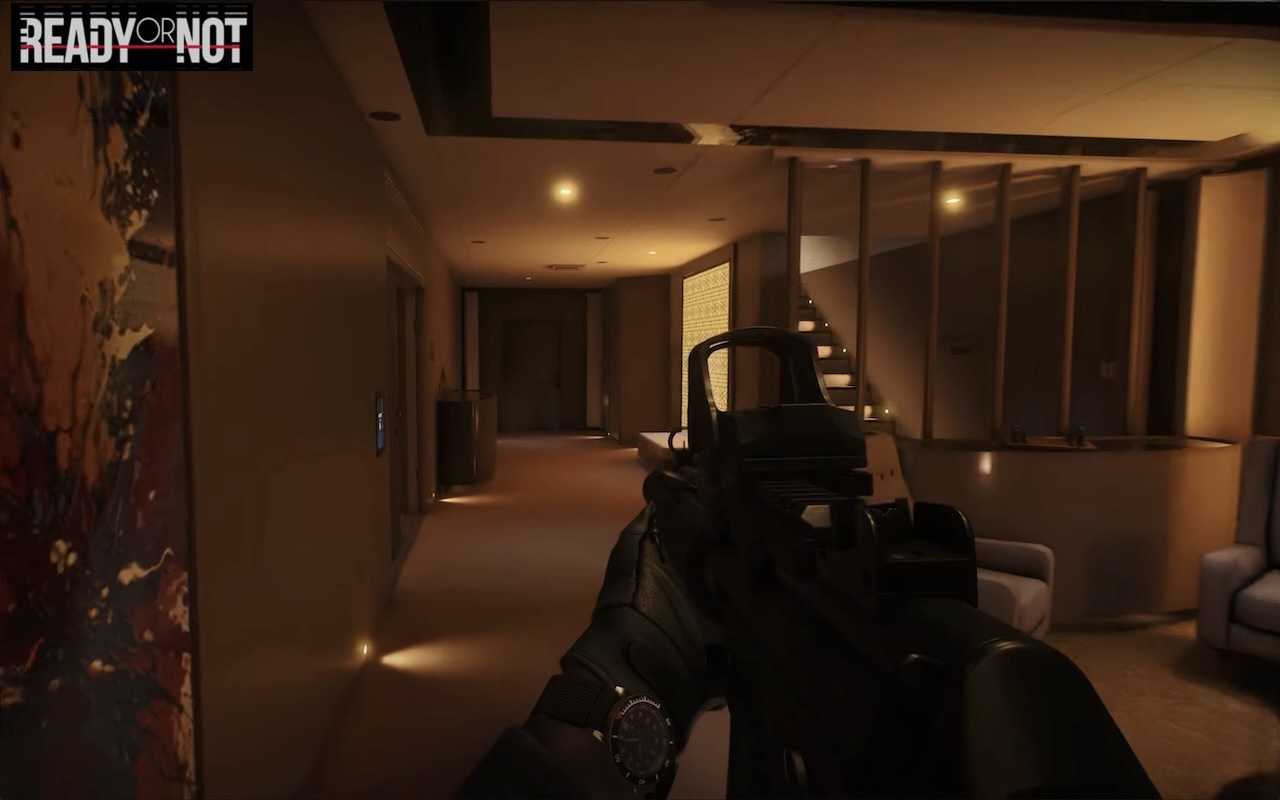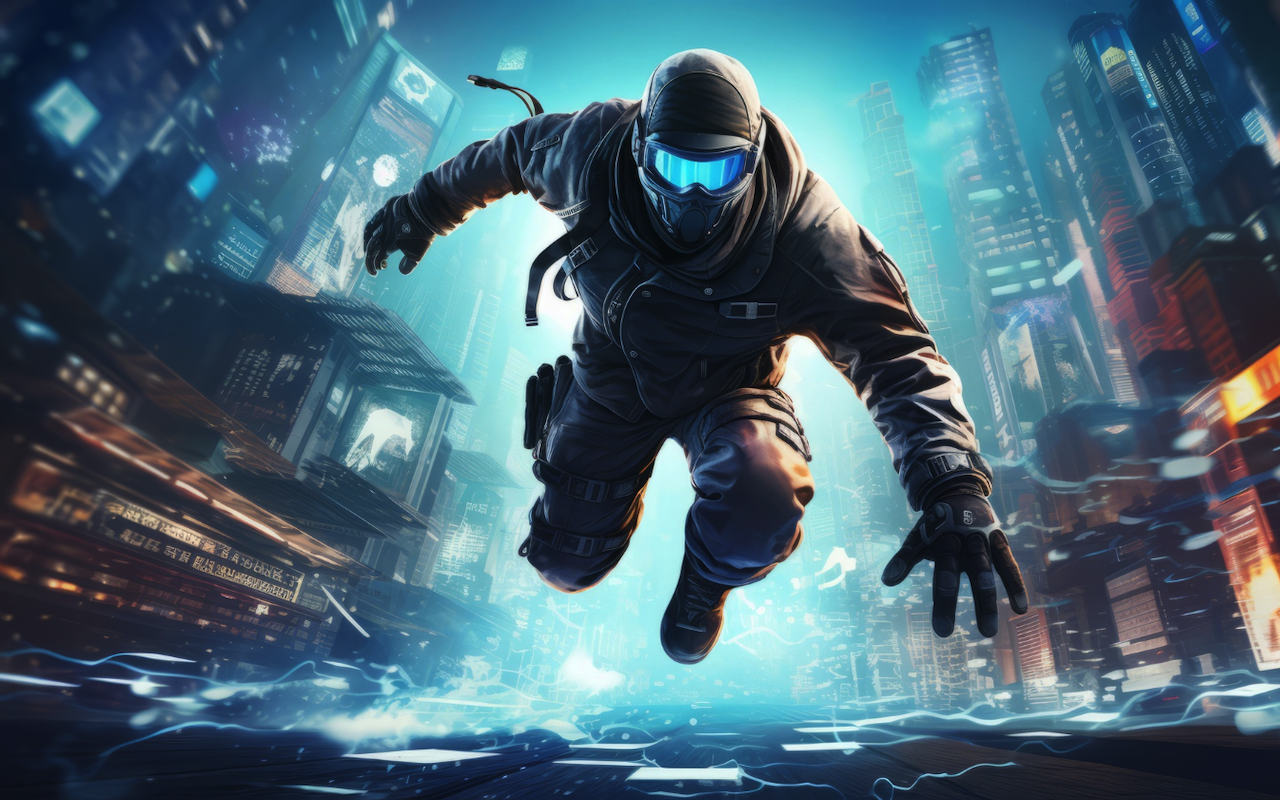
When most people fire up a tactical shooter, they expect the usual suspects: heavily armed criminals, chaotic firefights, and maybe the occasional time-sensitive bomb defusal. But Ready or Not adds another layer to the equation that few games get right—civilians. More specifically, hostages. They’re not just background props waiting to be rescued. They’re unpredictable, frustrating, and sometimes downright dangerous. In many ways, they feel like the true villains of the game.
The Unpredictable Heart of the Mission
Hostages in Ready or Not don’t act like AI-controlled NPCs you can ignore until the mission is over. They panic. They run. They refuse to comply with orders. Sometimes, they even bolt straight toward danger, forcing you to chase after them while bullets fly. This isn’t just window dressing—it changes how players approach every room, every corner, and every decision.
It’s one of the reasons so many players are hunting down a Ready or Not PC key. They’re not just looking for a shooter; they’re looking for a game that captures the messy, uncontrollable nature of real-life operations. By giving hostages a mind of their own, Ready or Not ensures that no two missions ever feel the same.
The Villain Isn’t Always the Gunman
What makes hostage behavior so effective in Ready or Not is how it subverts expectations. In most games, enemies are the source of danger. Here, it’s often the very people you’re trying to protect who derail the mission. When a civilian refuses to listen to your shouts, or decides to sprint into a crossfire, the tension skyrockets.
This flips the genre on its head. Instead of only managing threats, players are forced to manage chaos. Every choice becomes layered: Do you focus on disarming the suspect, or do you chase the terrified civilian who just bolted down the hall? Either way, you’re gambling with lives.
Why It Feels So Real
The beauty of this system is how much it mirrors real-world unpredictability. In real tactical operations, hostages don’t always behave rationally—they’re scared, confused, and unpredictable. Ready or Not doesn’t sanitize that reality for the sake of convenience. Instead, it leans into it, making you feel the frustration, the split-second panic, and the helplessness that real officers face.
It’s a different kind of difficulty. You’re not just battling armed suspects; you’re battling the randomness of human behavior. And somehow, that feels scarier than any heavily armed criminal.
Chaos as a Gameplay Mechanic
The genius of hostage behavior in Ready or Not is that it creates chaos without relying on scripted moments. Every mission becomes a mix of strategy and improvisation. You can plan the perfect breach, but if a hostage suddenly panics, your entire strategy falls apart. That unpredictability forces players to adapt on the fly—and that’s where the real adrenaline rush comes from.
It also makes success far more rewarding. When you manage to keep a room full of civilians alive despite their unpredictable antics, it feels like you’ve achieved something bigger than just winning a firefight. You’ve controlled chaos.
Final Thoughts
In most shooters, enemies are the obvious villains. But in Ready or Not, the real tension often comes from the hostages you’re trying to protect. Their unpredictable behavior turns every mission into a high-stakes gamble, demanding patience, adaptability, and nerves of steel. If you’re ready to take on not just armed suspects but the chaos of human unpredictability, it’s worth grabbing a copy through Eneba digital marketplace.
Featured Image by Freepik.




Comments (0)
No comment